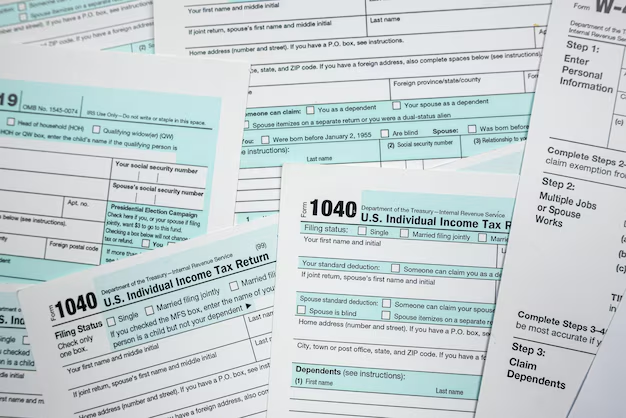Understanding the 1098 Tax Form: What It Means for You
Navigating the world of taxes can seem like learning a new language, complete with its own set of forms and numbers. Among them is the 1098 Tax Form, a crucial document for many taxpayers. But what exactly is it used for, and how does it impact your financial situation?
The Purpose of the 1098 Tax Form
The 1098 Tax Form, commonly referred to as the "Mortgage Interest Statement," is primarily used to report the amount of mortgage interest you paid on your home loan during the tax year. It's issued by lenders to borrowers who have paid at least $600 in mortgage interest, points, or mortgage insurance premiums over the year. This form also covers other expenses like student loan interest (1098-E) and tuition payments (1098-T).
Why does this form matter? The information included in the 1098 is indispensable for claiming deductions on your federal income tax return. Deductions like mortgage interest can significantly lower your taxable income, potentially saving you a substantial amount of money.
Key Benefits of the 1098 Form
- Mortgage Interest Deduction: By itemizing your deductions, you can deduct the interest on up to $750,000 (or $1 million if you’re a married couple filing separately) of mortgage debt.
- Tuition and Fees Deduction: The 1098-T form can help you claim the Tuition and Fees Deduction, which directly reduces your taxable income.
- Student Loan Interest Deduction: The 1098-E reports interest on student loans, which may be deductible up to $2,500, reducing your taxable income if your modified adjusted gross income is below the annual limit.
Making the Most of Tax Deductions and Beyond
It’s one thing to understand the role of the 1098 form in your tax filing; it’s another to fully leverage it for financial optimization. Whether it's through tax deductions or exploring government aid programs, the right knowledge can provide significant relief.
Consider These Strategies:
- Itemize Your Deductions: Though the standard deduction often simplifies tax returns, itemizing can yield greater benefits if your mortgage interest, state taxes, and other allowable expenses exceed the standard deduction.
- Refinance to Lower Interest Rates: Refinancing your mortgage may lower your monthly payments and overall interest, which can affect the amount reported on your 1098.
- Explore Financial Aid: If you’re a student or have dependents attending school, educational grants and aid can alleviate financial pressure. Grants often don't require repayment, and they can make a significant difference in covering tuition.
- Credit Card Solutions for Debt Relief: If you're struggling with high-interest credit card debt, consider solutions like balance transfers or debt consolidation. These strategies can lower your interest payments and help you manage what you owe more effectively.
Helpful Resources for Financial Assistance
To enhance your understanding and explore further financial opportunities, consider these options:
- 🎓 Pell Grants: Federal grants that support low-income students in pursuing higher education.
- 💼 Work-Study Programs: Part-time employment opportunities for students to earn money for education expenses.
- 💳 Zero-Interest Balance Transfers: Many credit card companies offer introductory zero-interest rates on balance transfers, ideal for high-interest debt.
- 🏡 Government-Backed Loans: Programs like FHA loans or VA loans can facilitate easier access to home financing with lower down payments.
- ⚖️ Debt Counseling Services: Professional advice to help manage and reduce debt can be invaluable for regaining financial stability.
Understanding how to use the 1098 tax form to your advantage can be a powerful tool in managing your finances. From optimizing tax deductions to exploring broader financial solutions, the key lies in staying informed and proactive. Take charge of your financial future today to unlock doors to greater economic stability and peace of mind.
